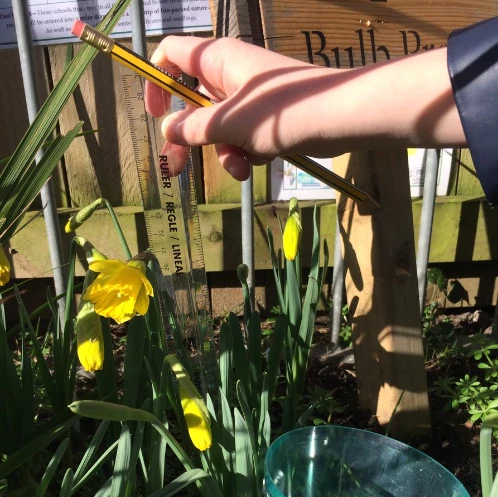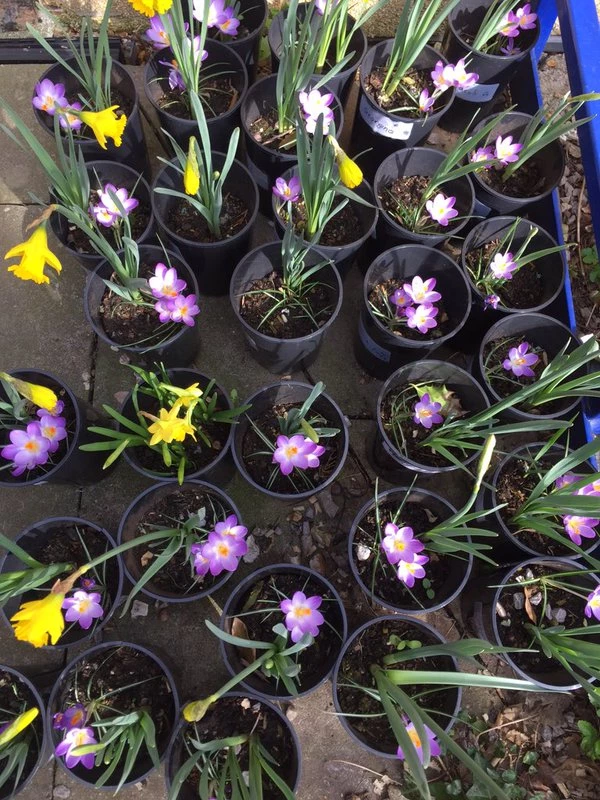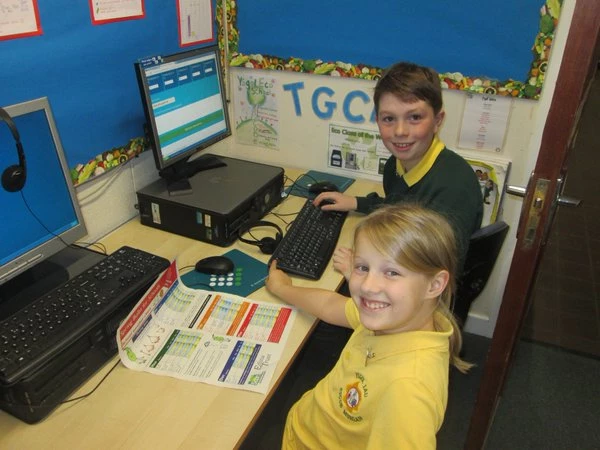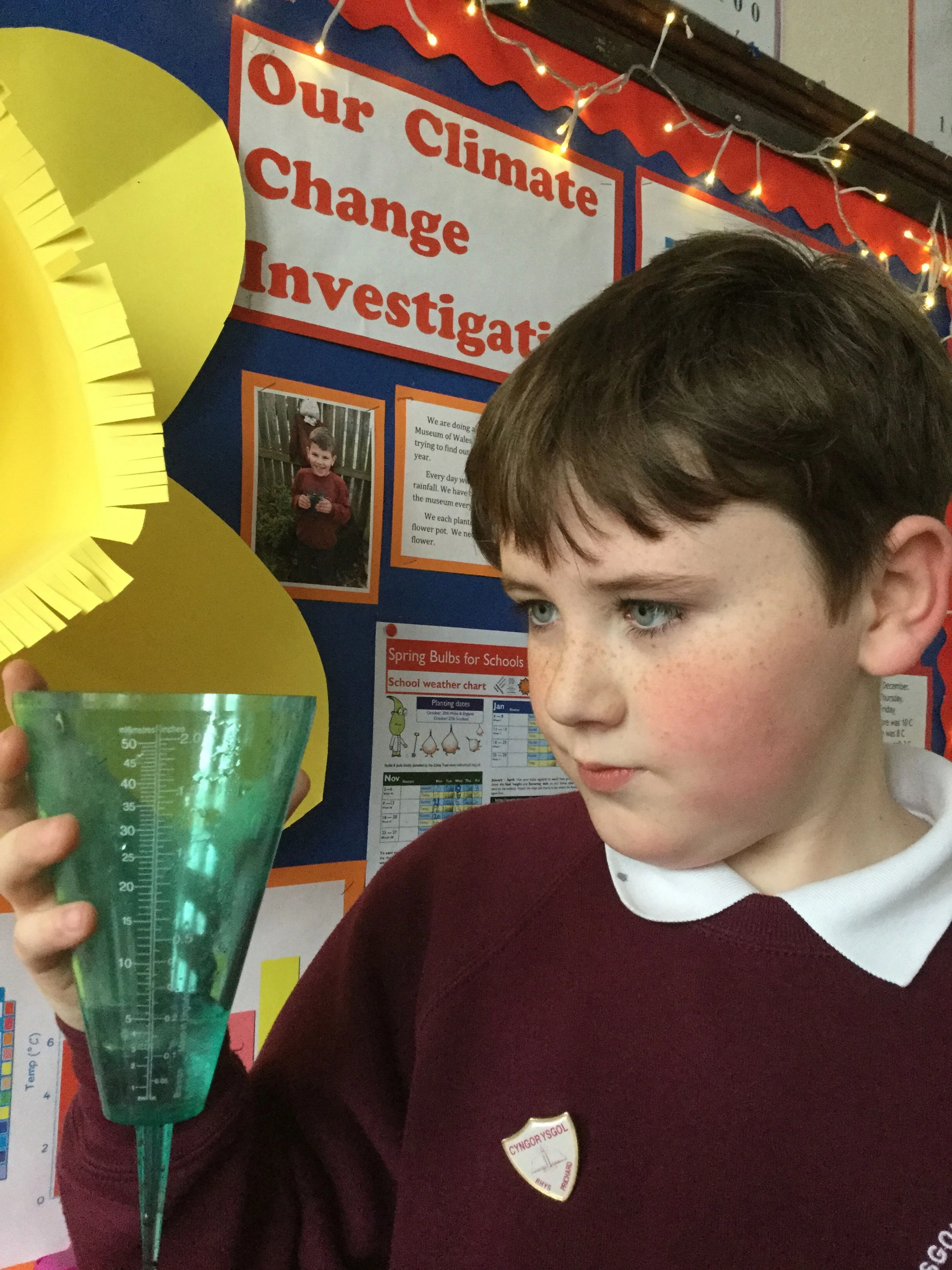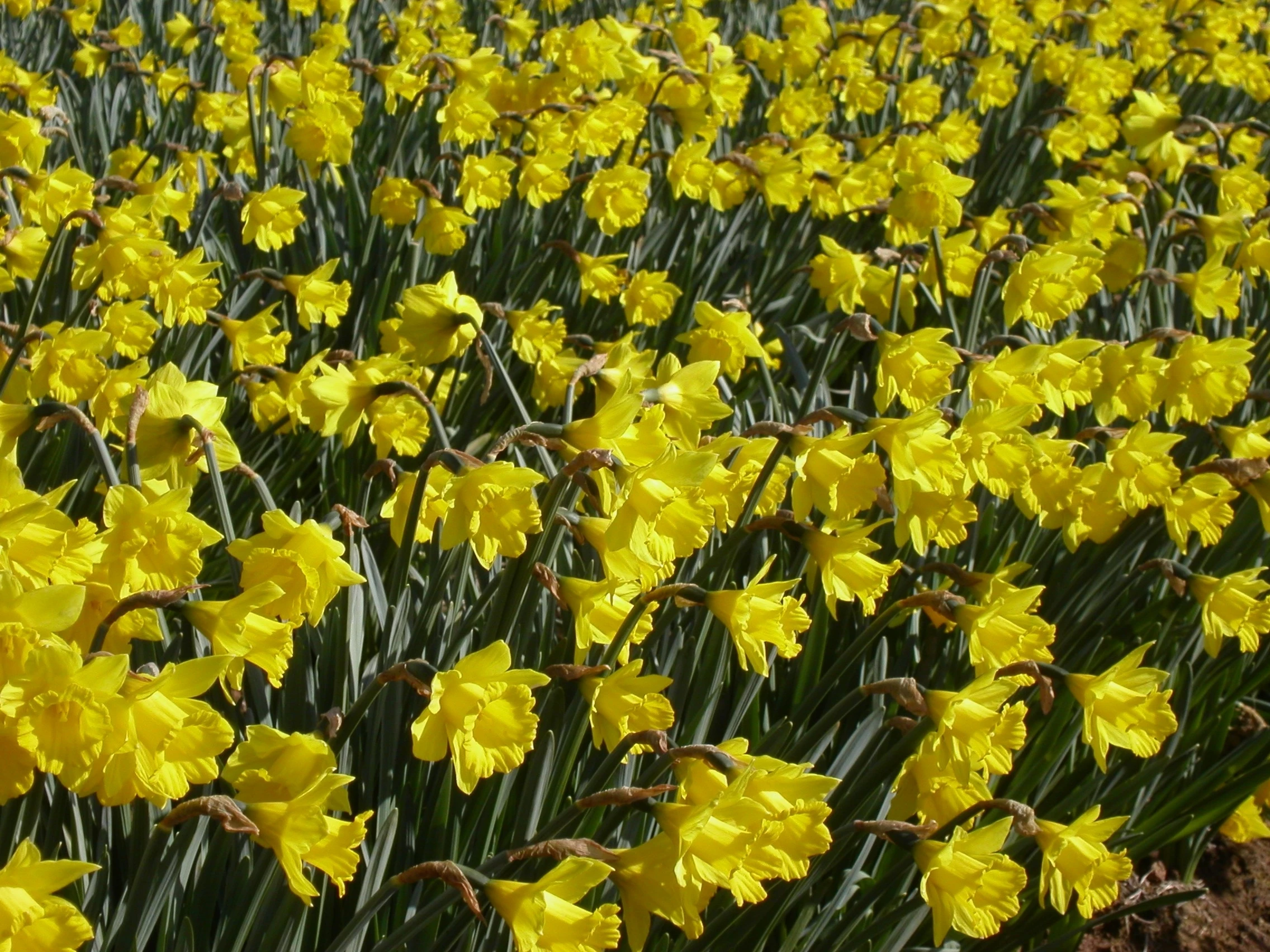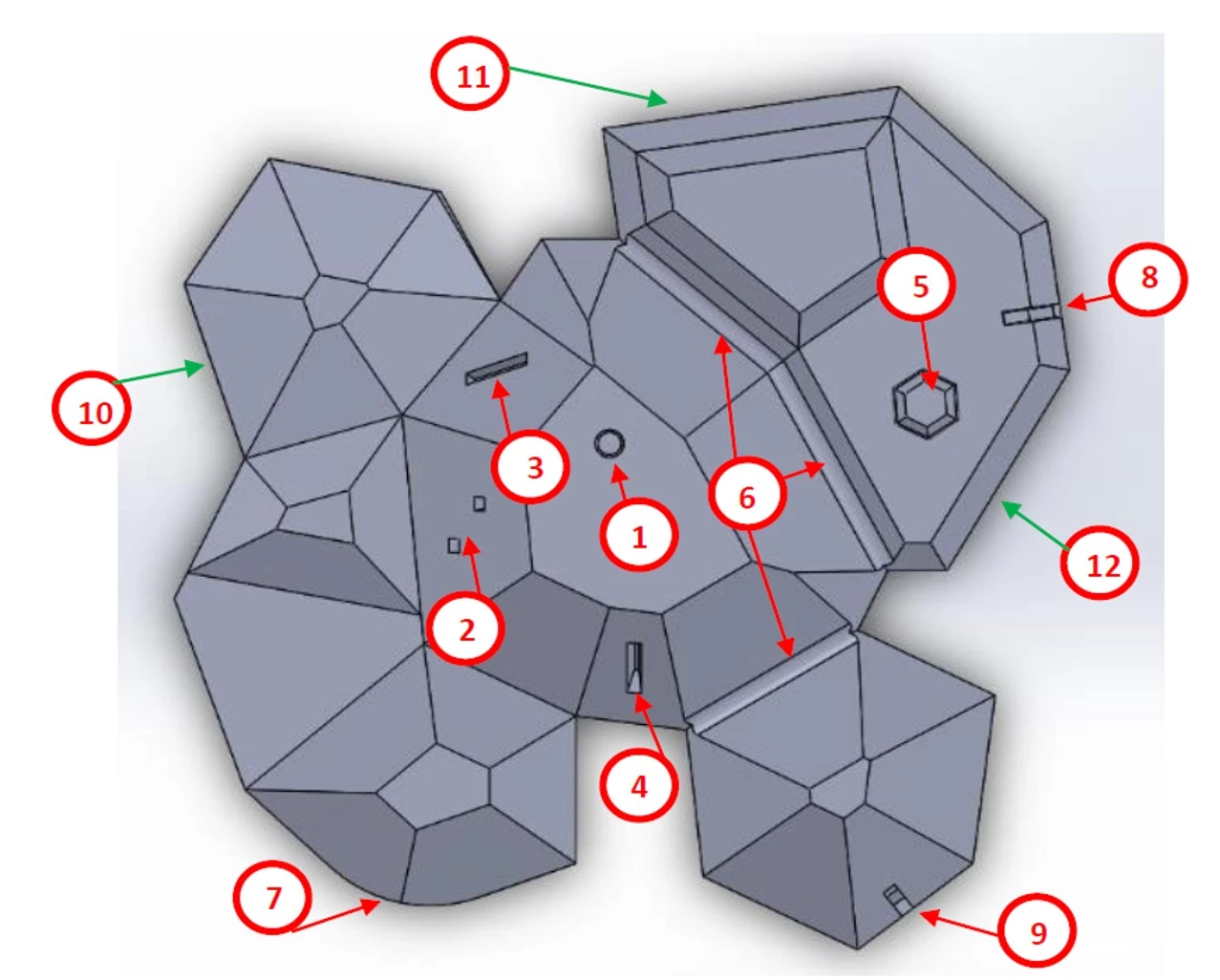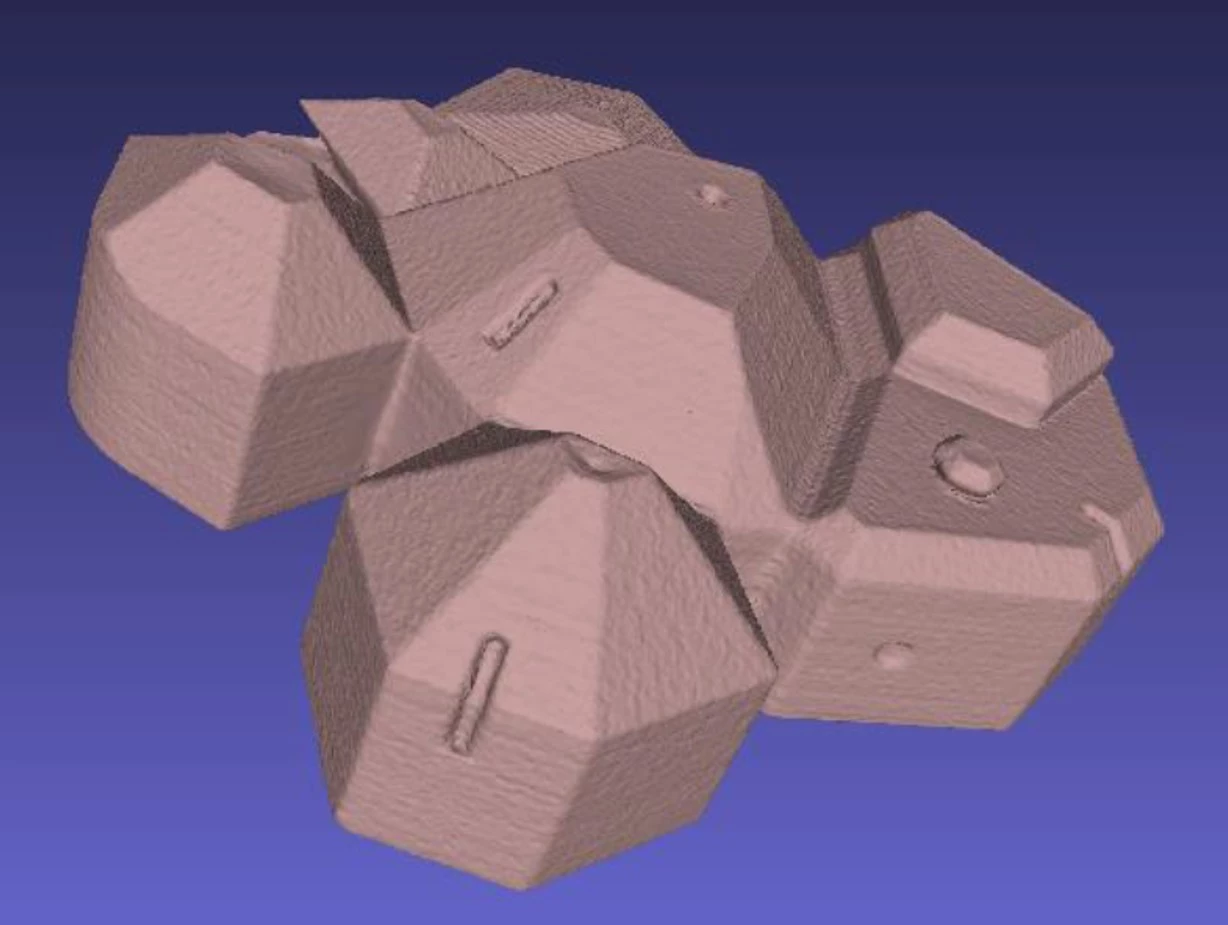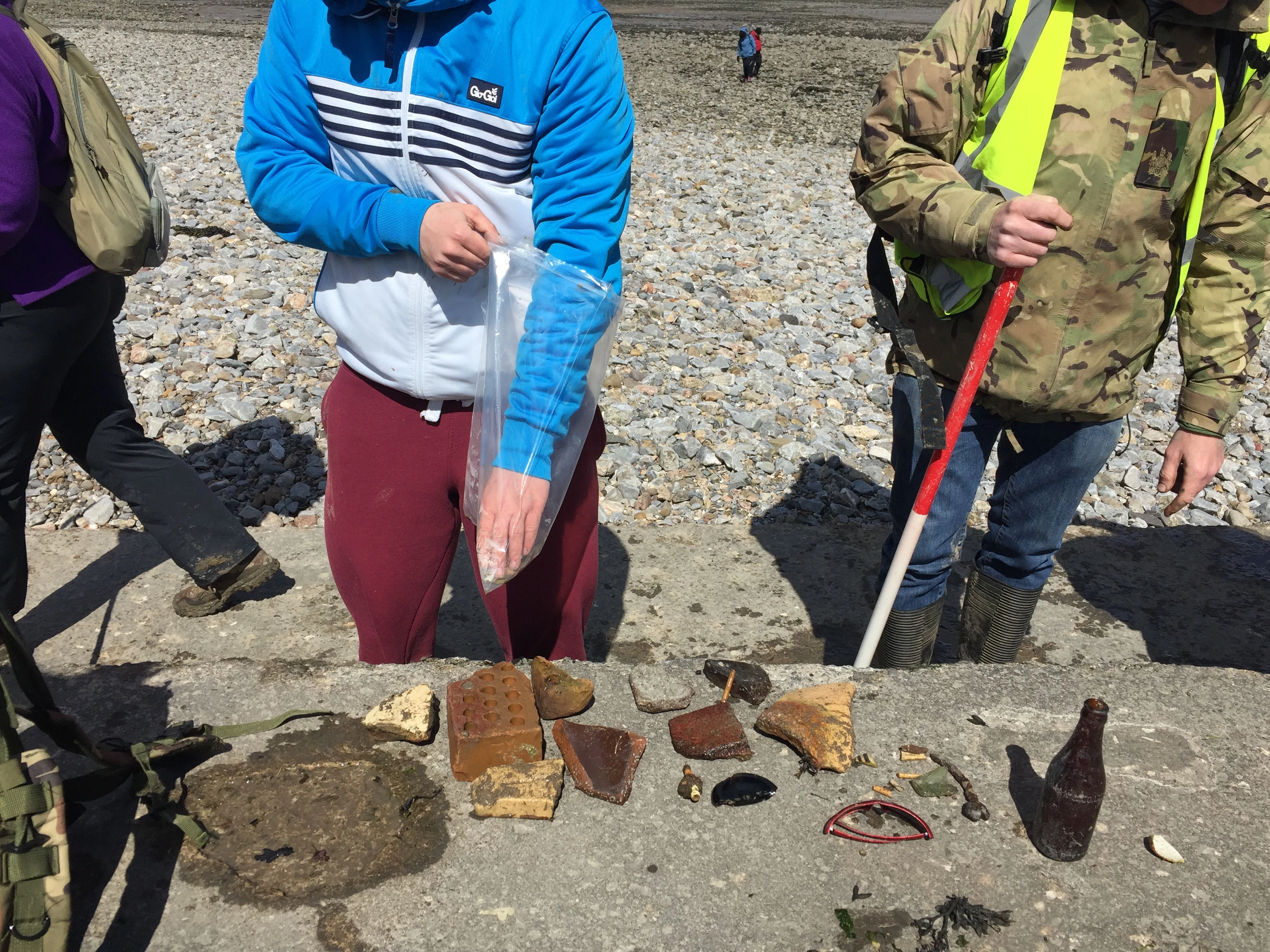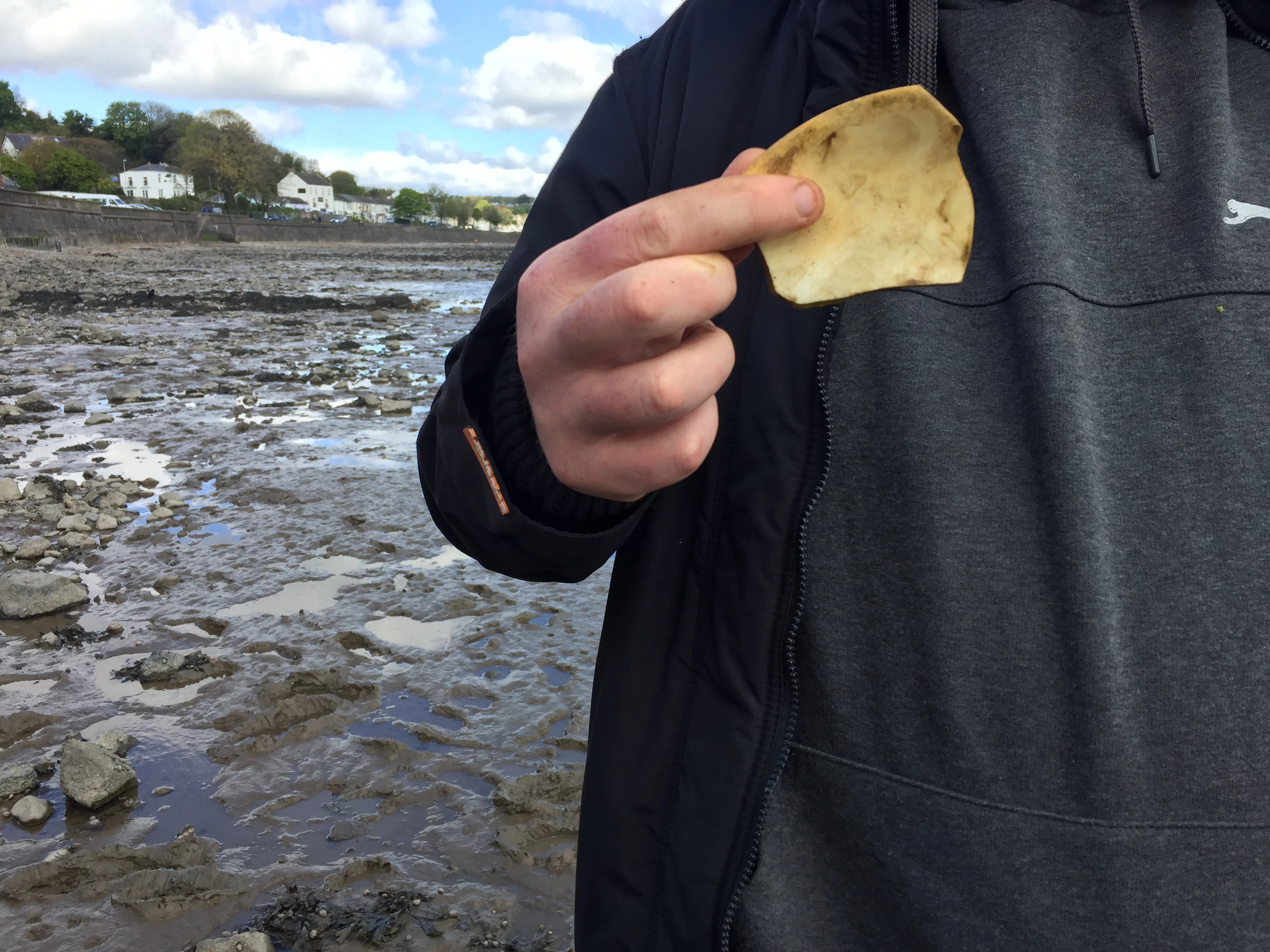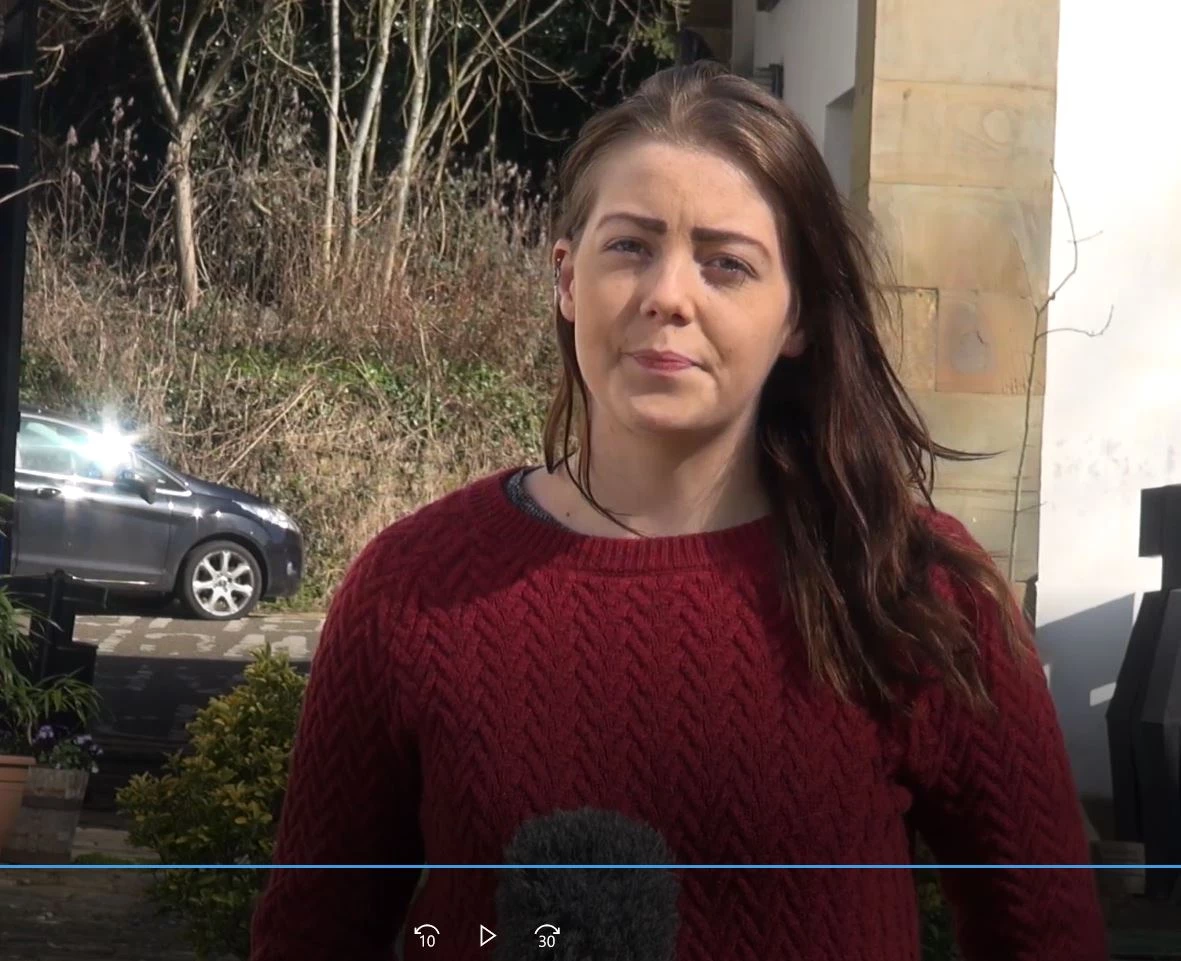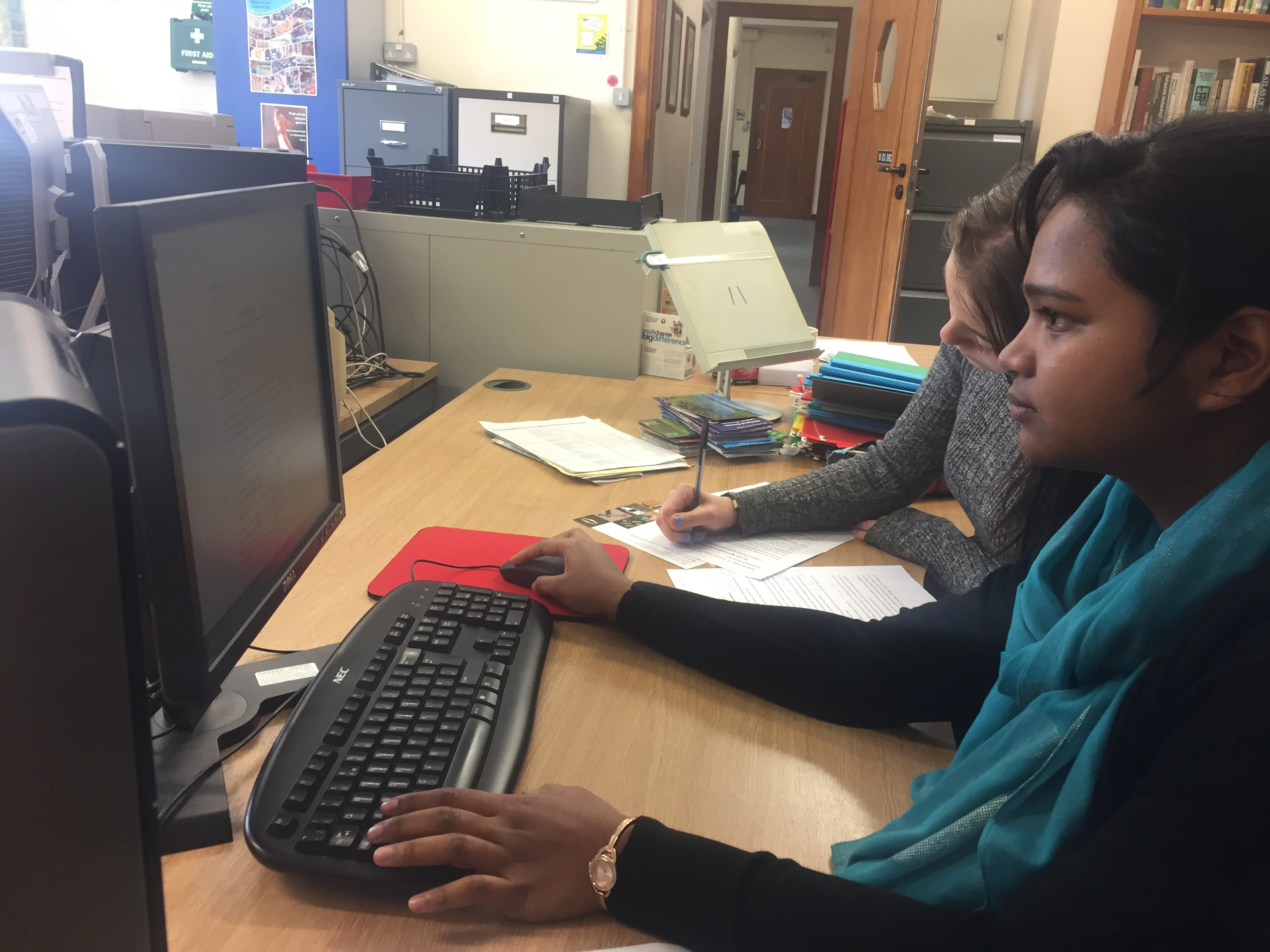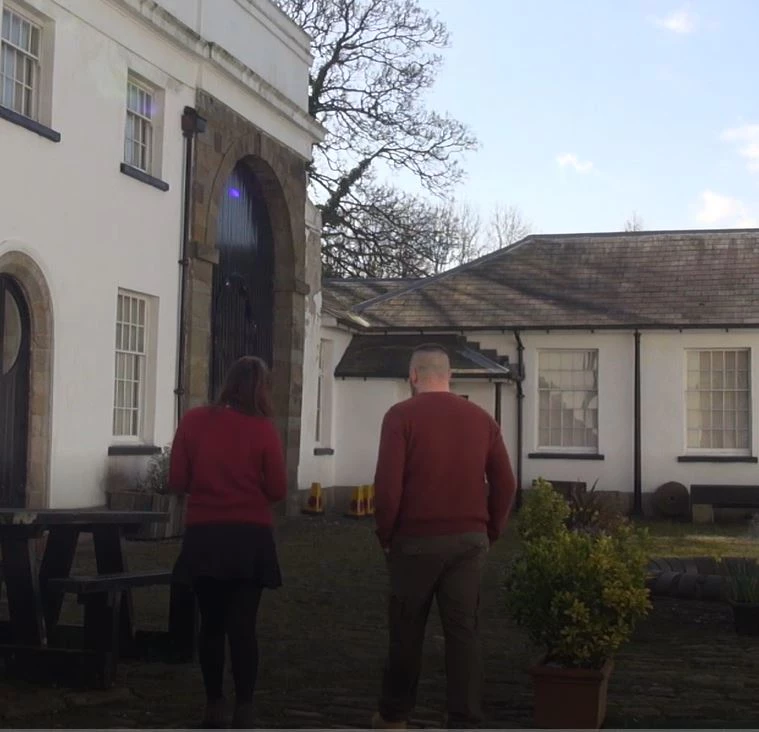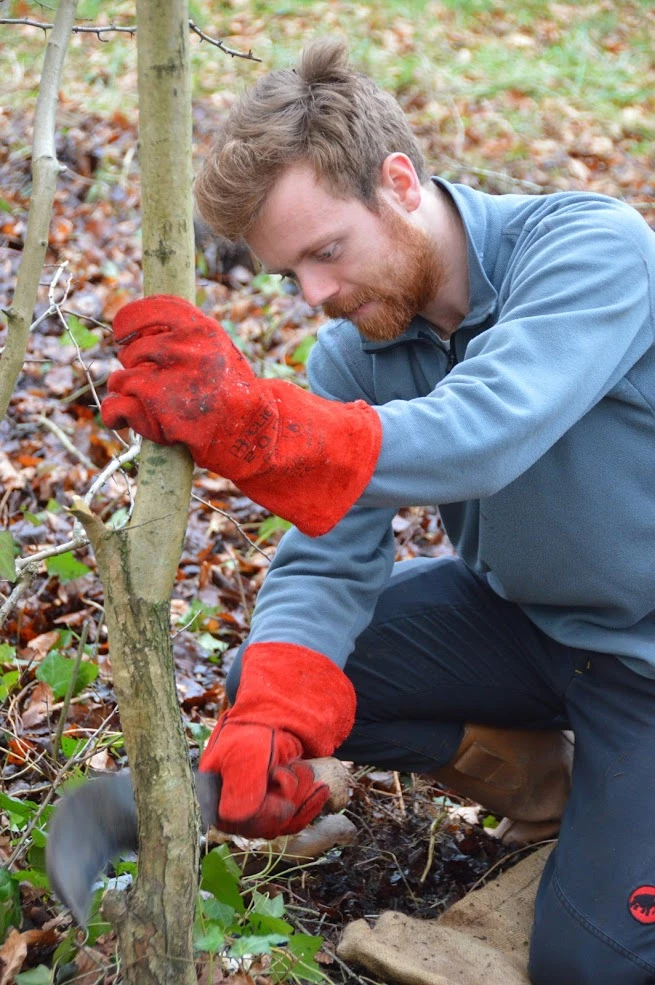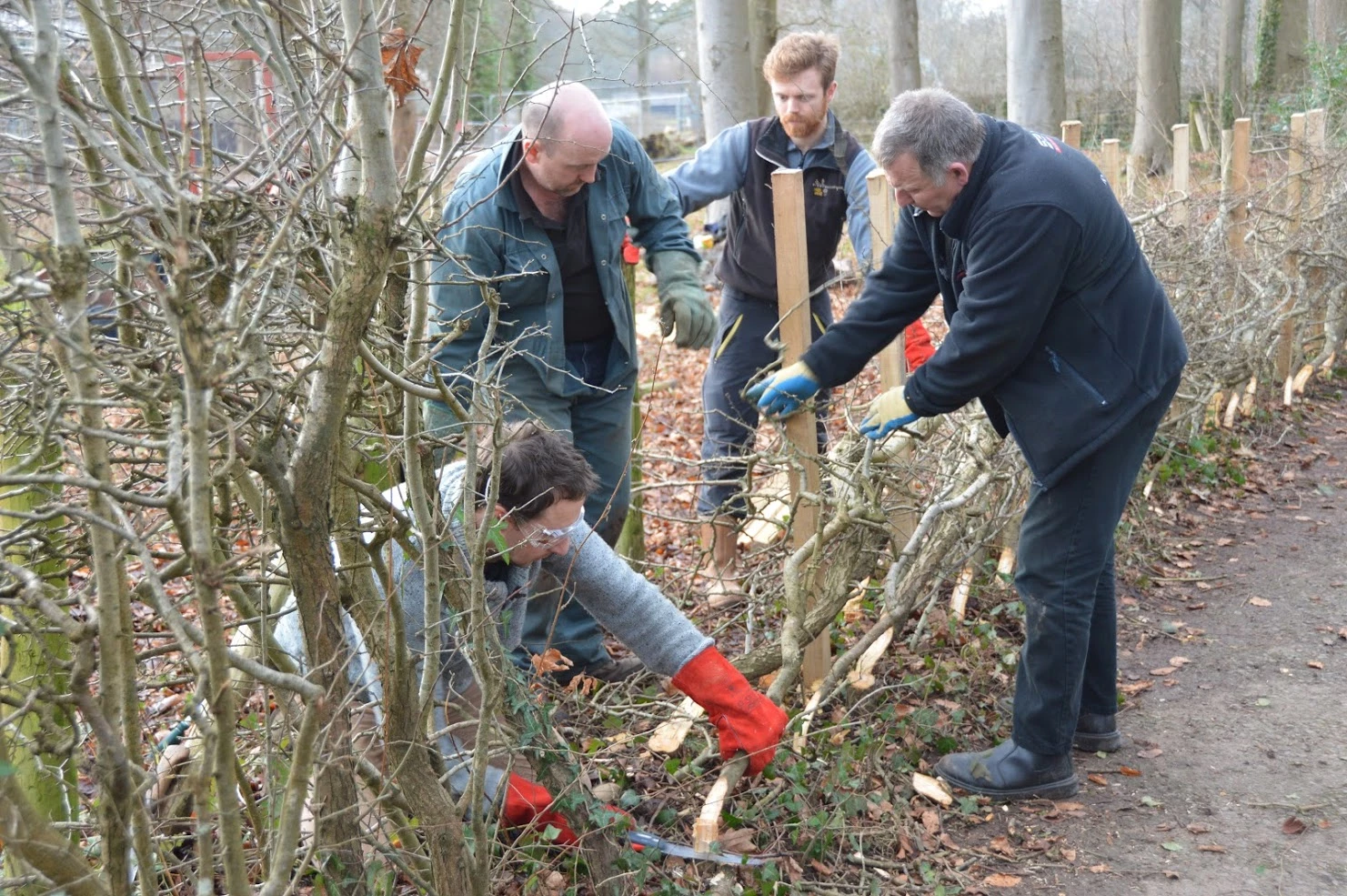Gwobrau Gwyddonwyr Gwych 2016-17
, 28 Ebrill 2017
Bydd Amgueddfa Cymru yn dyfarnu tystysgrifau Gwyddonwyr Gwych i ysgolion o ar draws y DU, i gydnabod eu cyfraniad i'r Ymchwiliad Bylbiau’r Gwanwyn I Ysgolion.
Llongyfarchiadau anferth i bob un o’r ysgolion!
Diolch i bob un o’r 5,098 disgybl a helpodd eleni! Diolch am weithio mor galed yn plannu, arsylwi a chofnodi, rydych yn wir yn Wyddonwyr Gwych! Bydd pob un ohonoch yn derbyn tystysgrif a phensel Gwyddonydd Gwych.
Diolch yn fawr i Ymddiriedolaeth Edina am eu nawdd ac am helpu i wireddu’r prosiect.
Enillwyr 2017:
Lloegr: Carnforth North Road Community Primary School
Yr Alban: Auchenlodment Primary School
Cymru: Tonyrefail Primary School
Redwyr i fyny:
Lloegr:
Arkholme C of E Primary School
Breckon Hill Primary School
Hemlington Hall Academy
Ladygrove Park Primary School
St Clare's Catholic Primary School
St Michael's CE Aided Primary School
St Nicholas Primary School
St Peter's Primary School
Yr Alban:
Biggar Primary School
Carnbroe Primary School
Gavinburn Primary School
Cymru:
Broad Haven
Evenlode Primary
Glanyfferi
Henllys Church in Wales Primary
Rougemont Prep School
St. Robert's Catholic Primary
Trellech Primary School
Ysgol Borth Y Gest
Ysgol Deganwy
Ysgol Gynradd Gymraeg Tonyrefail
Ysgol Pentrefoelas
Ysgol Rhostyllen
Ysgol y Wern
Clod uchel:
Lloegr:
Coppull Parish Church School
Garstang St Thomas
Hudson Road
Stanford in the Vale Primary School
The Blake CE Primary School
Abbey Primary School
Yr Alban:
Bellyeoman Primary School
Lawhead School
Loch Primary School
Our Lady of Peace Primary School
St Mary's Primary School
Wormit Primary School
Cymru:
Ysgol Tal y Bont
Blaengwawr Primary School
Llangors Church in Wales School
Llanharan Primary School
Llanvihangel Crucorney Primary School
Severn Primary School
St Athan Primary
Ysgol Tanygrisiau
Derbyn hadau blodyn yr haul
Lloegr:
Barmston Village Primary School
Barnes Junior School
Bernard Gilpin Primary School
Boston West Academy
Chorley St James Primary School
Ellel St John's CE Primary School
Fosse Way Academy
Leyland Methodist Junior School
Our Lady Queen of Peace RCVA Primary School
Peel Park Primary School
Quernmore Primary School
Saint Leonards Church of England Primary School
St Leonard's RC Primary School
Staining C of E School
Usworth Colliery Primary School
Yr Alban:
Alexander Peden Primary Sch Alexander Peden
Barsail Primary School
Bent Primary School
Carbrain Primary School
Dykesmains Primary School
East Fulton Primary School
Greenburn School
Hill of Beath Primary School
Kelso High School
Lanark Primary School
Law Primary School
New Monkland Primary School
Newmains Primary School
Newport Primary School
Our Lady and St Francis Primary School
Pirnmill Primary School
St Charles Primary School
St Columbkilles Primary School
St Mary's Primary School, Lanark
St Mary's Primary School, Paisley
St Ronan's Primary School
Cymru:
Beulah School
Coedpenmaen Primary
Crymlyn primary
Darran Park Primary
St. Paul's CIW Primary
Trallwn Primary
Whitestone Primary School
Ysgol Pennant
Ysgol Rhys Prichard
Derbyn tystysgrifau a phensiliau
Lloegr:
Alston Lane Catholic Primary School
Bacup Thorn Primary School
Belmont Community Primary School
Bolton-le-Sands Church of England School
Coningsby St Michael's Primary School
George Washington Primary School
Trinity Church of England Methodist Primary School
Wolvercote Primary School
Yr Alban::
Abronhill Primary School
Calderbridge Primary School
Glebe Primary School
St Catherine's Primary School
Stane Primary School
West Primary School
Cymru:
Betws Primary School
Castle School
Melin Junior School
St Brides Major CW Primary School
St. Michael's RC Primary
Ysgol Abererch
Ysgol Bethel
Ysgol Betws yn Rhos
Ysgol Bro Ogwr
Ysgol Iau Hen Golwyn
Ysgol Pencae
Ysgol San Sior
Ysgol Tudweiliog
Ysgol Ty Coch
Ysgol y Tywyn
Diolch i chi am eich holl waith caled Cyfeillion y Gwanwyn,
Athro'r Ardd


